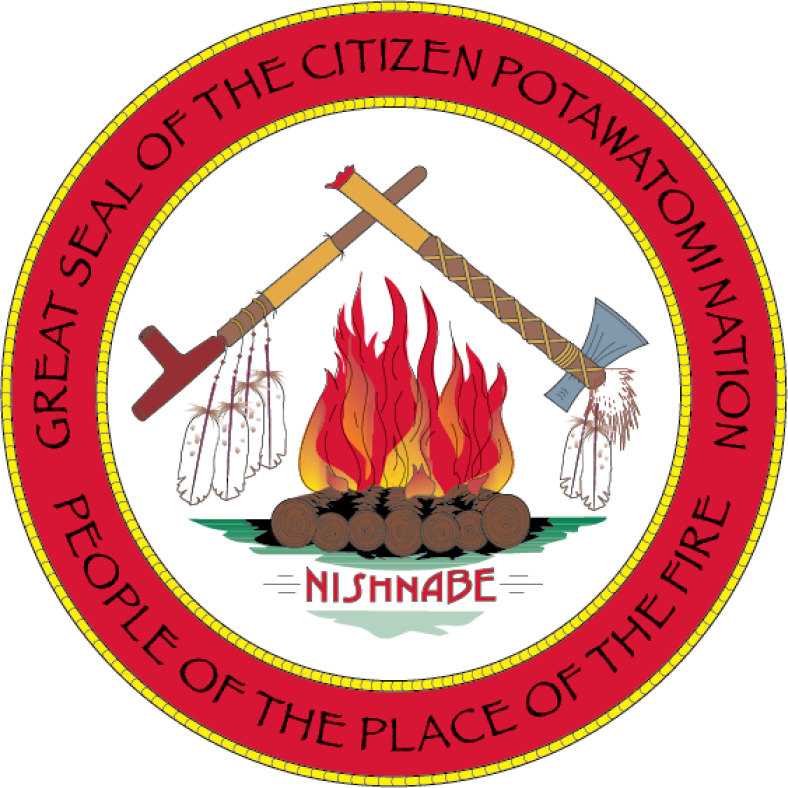Based on current climate models, CPN member and geophysics student Jacob Pratt estimates the arctic will see ice-free summers by 2035 due to rising global temperatures. With advances in remote sensing data, he is working on new methods to identify bottomfast sea ice.
In the fall of 2019, Citizen Potawatomi Nation tribal member Susannah Howard enrolled in the environmental science master’s program at SUNY-ESF and rushed to learn botany basics as well as brushing up on climate science and natural resources management and law.
Citizen Potawatomi Nation Office of Environmental Health created a list of actions to address climate change risks in the Great Plains and decrease the Tribe’s environmental impact.
Climate change is the idea that the gradual warming in the average temperature of the earth will motivate impacts such as sea level rise, severe droughts, more extreme weather events and changes in plant and animal species. These impacts can be harmful to many people and communities. Climate change continues to be a controversial topic, Read More »
SUNY College of Environmental Science and Forestry professor Robin Wall Kimmerer, Ph.D. is a leading indigenous environmental scientist and writer in indigenous studies and environmental science at the SUNY College of Environmental Science and Forestry. She holds a Bachelor of Science from her current employer, and a Master of Science and Ph.D. in Botany from Read More »
In July 2014, U.S. Secretary of the Interior Sally Jewell and Assistant Secretary of Indian Affairs Kevin Washburn announced that the Obama Administration would dedicate almost $10 million to help Native American tribal governments prepare and adapt to climate change. “Impacts of climate change are increasingly evident for American Indian and Alaska Native communities and, Read More »
